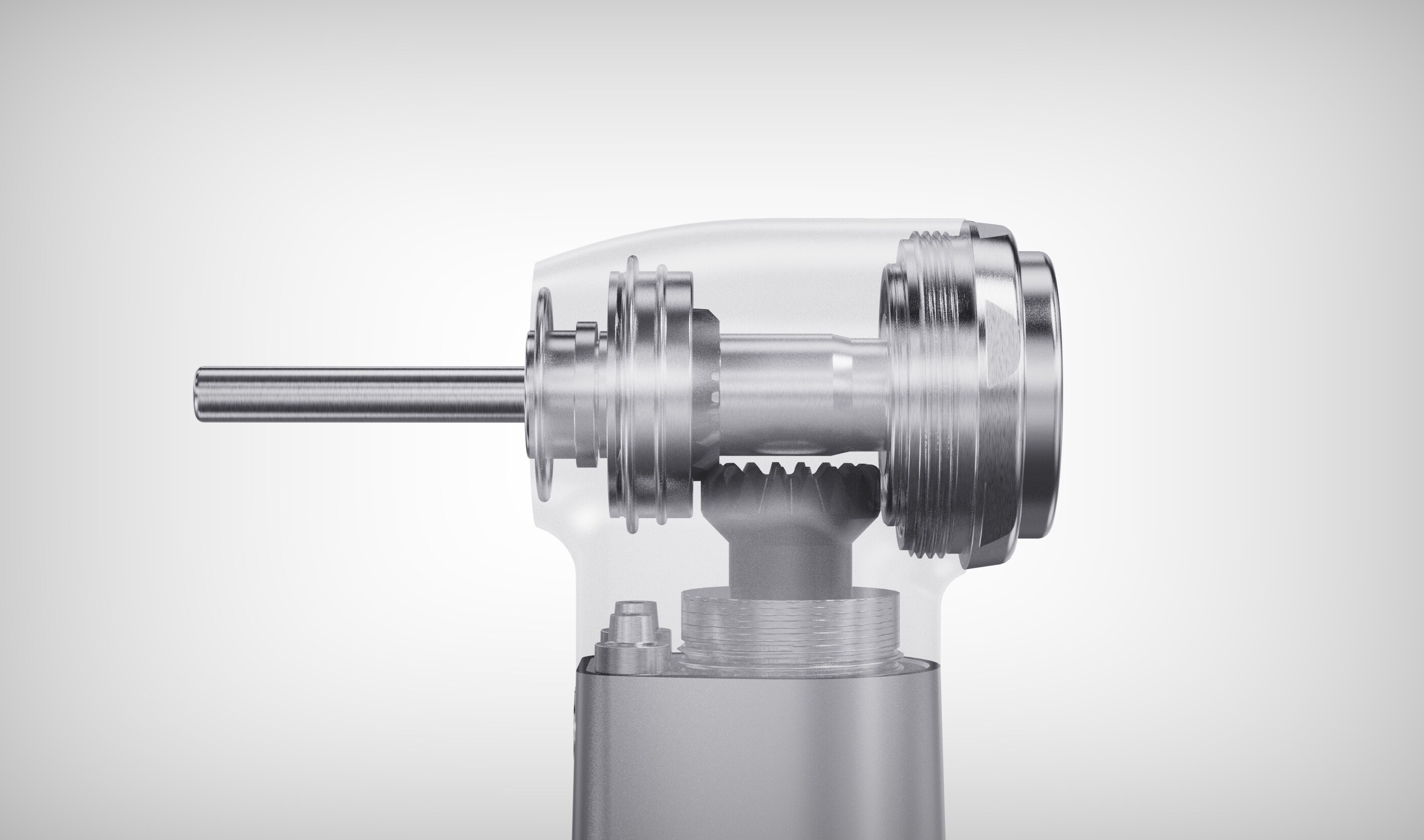Σφάλμα μορφής email
emailCannotEmpty
emailDoesExist
pwdLetterLimtTip
inconsistentPwd
pwdLetterLimtTip
inconsistentPwd

Νέα

Γνωρίζετε τους διαφορετικούς τύπους οδοντικών χειροκίνητων;
Είτε χρησιμοποιείται για την πραγματοποίηση μιας μικρής προσαρμογής είτε για την ενδοδοντική χειρουργική επέμβαση, τα οδοντιατρικά χειροκίνητα είναι ένα ουσιαστικό μέρος οποιασδήποτε οδοντικής πρακτικής. Τα πρώτα οδοντιατρικά τρυπάνια μπορεί να έχουν αναπτυχθεί πριν από χιλιάδες χρόνια, αλλά τα σημερινά χειροκίνητα έχουν προχωρήσει πολύ. Ακολουθεί μια βασική κατανομή των πιο συνηθισμένων τύπων χειρολαβών και πώς χρησιμοποιούνται σήμερα.

Χειροκίνητη χειροκίνητη διαδρομή υψηλής ταχύτητας
Αυτές οι συσκευές ακρίβειας έχουν σχεδιαστεί για αποτελεσματική απομάκρυνση του σκληρού ιστού χωρίς ανάγκη πίεσης, θερμότητας ή κραδασμών. Μπορούν να ποικίλουν ανάλογα με το σχεδιασμό, το σχήμα και το δομικό υλικό και γενικά τρέχουν μεταξύ 250.000 και 400.000 σ.α.λ. Χαρακτηριστικά όπως ο τύπος προσκόλλησης, το μέγεθος της κεφαλής, η πηγή φωτός (για παράδειγμα, τα οπτικά φώτα των ινών), το βάρος του χειροπέδρου και ο θόρυβος του κινητήρα ποικίλλουν ανάλογα με το εμπορικό σήμα.
Χειροκίνητη χειροκίνητη χαμηλή ταχύτητα
Αυτός είναι ουσιαστικά ένας φορητός κινητήρας που είναι συνήθως αέρας ή ηλεκτρικός. Γυρίζει το κύπελλο Dental Bur και Prophy κατά μέσο όρο στις 50.000 σ.α.λ. Αυτές οι συσκευές χρησιμοποιούνται συνήθως για την αφαίρεση της τερηδόνας, καθώς και για τα παρασκευάσματα της κοιλότητας σε ενδοδοντικές διαδικασίες όπως τα ριζικά κανάλια. Οι λειτουργίες μπορεί να ποικίλουν: για παράδειγμα, αν η συσκευή διαθέτει ακροφύσια αέρα ή νερού. Αυτά τα χειροκίνητα είναι κατασκευασμένα από μια σειρά από όλο και πιο ελαφριά υλικά με εργονομικά γωνιακά σχέδια.
Ηλεκτρικά χειροκίνητα
Τα ηλεκτρικά συστήματα χειροποίητων οδοντικών είναι ισχυρά εργαλεία αντίθετης γωνίας που εξοικονομούν χρόνο και αυξάνουν την ακρίβεια για μια ποικιλία διαδικασιών. Η μηχανοκίνητη ροπή των ηλεκτρικών κινητήρων μειώνει την ανάγκη για ακρίβεια που βασίζεται στον αέρα και μπορεί να βοηθήσει πολύ στους οδοντιάτρους όταν εργάζονται σε στενούς χώρους ή δύσκολες γωνίες. Έρχονται σε μια ποικιλία στυλ.
Χειρουργικά χειροκίνητα
Αυτά σχεδιάζονται ειδικά για προφορικές χειρουργικές επεμβάσεις. Τα χειροποίητα χειροκίνητα χειροκίνητα διαθέτουν ιδιαίτερα τριμμένες αεραγωγοί που εμποδίζουν τον ψεκασμό του αέρα στην στοματική κοιλότητα κατά τη διάρκεια της χειρουργικής επέμβασης.
Ενδοδοντικά χειροκίνητα
Αυτά τα εξειδικευμένα όργανα έχουν σχεδιαστεί για τον καθαρισμό και τη διαμόρφωση των καναλιών κατά τη διάρκεια των θεραπειών των ριζικών καναλιών και την οδήγηση ενδοδοντικών αρχείων με ακρίβεια, ενώ παράλληλα εμποδίζει τη θραύση ή τη δέσμευση αρχείων.
Εμφυτευμένα χειροκίνητα
Ειδικά σχεδιασμένο για χειρουργική επέμβαση από του στόματος και το γναθοπροσωπικό, αυτά τα χειροκίνητα είναι κατασκευασμένα από ανοξείδωτο χάλυβα υψηλής ποιότητας με ειδική επίστρωση, καθιστώντας τα ιδιαίτερα εργατικά.
Με τα οδοντιατρικά χειροκίνητα τώρα ένα τόσο κρίσιμο μέρος της φροντίδας των ασθενών δεν είναι μόνο σημαντικό να γνωρίζουμε τους διάφορους τύπους χειρολαβών, αλλά και πώς να τους φροντίζουν σωστά. Ακολουθώντας κάποιες βασικές συμβουλές συντήρησης και βέλτιστες πρακτικές, όπως περιγράφεται σε αυτήν την ανάρτηση ιστολογίου, μπορείτε να επεκτείνετε τη ζωή των οδοντικών σας χειροκίνητων και να βεβαιωθείτε ότι είναι πάντα έτοιμοι και σε καλή κατάσταση λειτουργίας.

